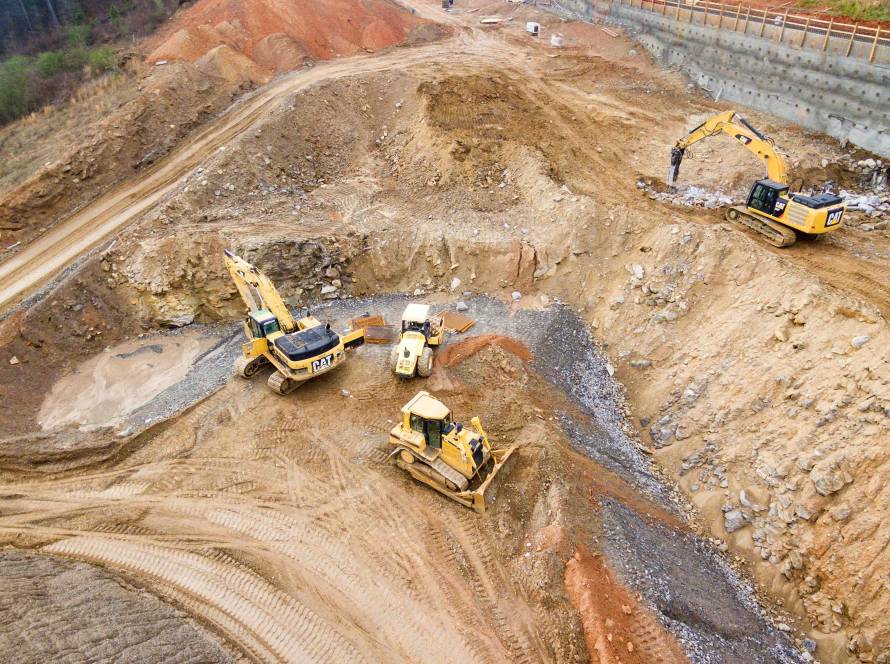Lithium mining has gained significant attention as the demand for electric vehicles, smartphones, and renewable energy storage increases. However, this so-called “green metal” comes with its own environmental costs, particularly regarding water contamination. Rio Tinto, one of the world’s largest mining corporations, has been at the center of controversy over its lithium mining practices. The company’s methods involve using vast amounts of water and chemicals, leading to concerns about water pollution. This blog will explore the dangers of water contamination from lithium mining, focusing on the environmental impact, health risks, and Rio Tinto’s track record.
The Process of Lithium Extraction and Water Use
Lithium is primarily extracted through two methods: hard rock mining and lithium brine extraction. Both methods require significant water usage, but lithium brine extraction is particularly concerning due to its potential for water contamination. In this process, water is pumped from deep underground to extract lithium-rich brine. The brine is then left in large evaporation ponds to dry, separating the lithium from other minerals. This method not only consumes vast amounts of water but also introduces harmful chemicals into the environment.
Chemicals such as sulfuric acid, hydrochloric acid, and other solvents are commonly used to process lithium. These chemicals can leach into the soil and nearby water bodies, leading to contamination of rivers, lakes, and groundwater. The presence of heavy metals like arsenic, lead, and mercury in the mining waste further exacerbates the risk of water pollution.
Environmental and Health Risks of Water Contamination
Water contamination from lithium mining poses severe risks to both the environment and human health. Contaminated water sources can harm aquatic ecosystems, killing fish and other wildlife that depend on clean water for survival. Toxic substances like heavy metals can accumulate in the food chain, affecting not only aquatic life but also animals and humans that rely on these ecosystems for sustenance.
In Chile’s Atacama Desert, lithium mining has led to significant water depletion and contamination, affecting local communities that depend on these water sources for drinking, agriculture, and livestock. The drying up of water bodies and the presence of toxic chemicals have been linked to health problems such as skin diseases, respiratory issues, and gastrointestinal illnesses. These effects highlight the dangers that similar mining practices could pose in other regions, including Serbia’s Jadar area.
Rio Tinto’s Track Record on Environmental Management
Rio Tinto has a long history of environmental controversies. The company has been criticized for its handling of mining operations in various parts of the world. In Papua New Guinea, Rio Tinto’s Panguna mine left behind a legacy of environmental damage, including water pollution from mine tailings. The Ok Tedi mine in Papua New Guinea, operated by a subsidiary of Rio Tinto, caused severe contamination of the Ok Tedi and Fly rivers, resulting in ecological damage and affecting the livelihoods of thousands of people.
In more recent years, Rio Tinto’s destruction of the Juukan Gorge caves in Australia—sacred Indigenous sites—highlighted the company’s disregard for cultural and environmental heritage. These incidents raise serious concerns about Rio Tinto’s commitment to sustainable and responsible mining practices, especially in sensitive ecological regions like Jadar.
Scientific Evidence of Water Contamination Risks
Studies have shown that lithium mining can significantly impact water quality. Research published in Environmental Science & Technology indicates that the extraction process releases pollutants into the water, including heavy metals and radioactive elements. These contaminants can cause long-term environmental damage, affecting water quality for decades. In regions where water scarcity is already an issue, such as the Atacama Desert, additional strain from lithium mining can lead to severe ecological imbalances.
Chemical analysis of water samples from areas near lithium mines often reveals elevated levels of contaminants that exceed safe drinking water standards set by the World Health Organization (WHO). These findings underscore the need for stringent regulatory oversight and adherence to environmental safety standards to prevent water contamination from lithium mining activities.
Water contamination from lithium mining is a serious environmental and public health concern. Rio Tinto’s history of environmental mismanagement and the inherent risks associated with lithium extraction underscore the need for caution and stricter regulations. As Serbia considers lithium mining projects in the Jadar region, it is crucial to learn from past mistakes and prioritize the protection of water resources and ecosystems. Sustainable and responsible mining practices must be enforced to ensure that the pursuit of green energy does not come at the cost of environmental degradation and public health.



